Every automotive era has its own stylistic highlights, and the 1990s brought about some unique ways to accessorize. The “gold package” comes to mind as one of the most common ways that premium cars were customized during that decade.
Just like silver and gold jewelry worn as wardrobe accessories, emblem finishes were used to differentiate vehicles from their less-fashionable counterparts.
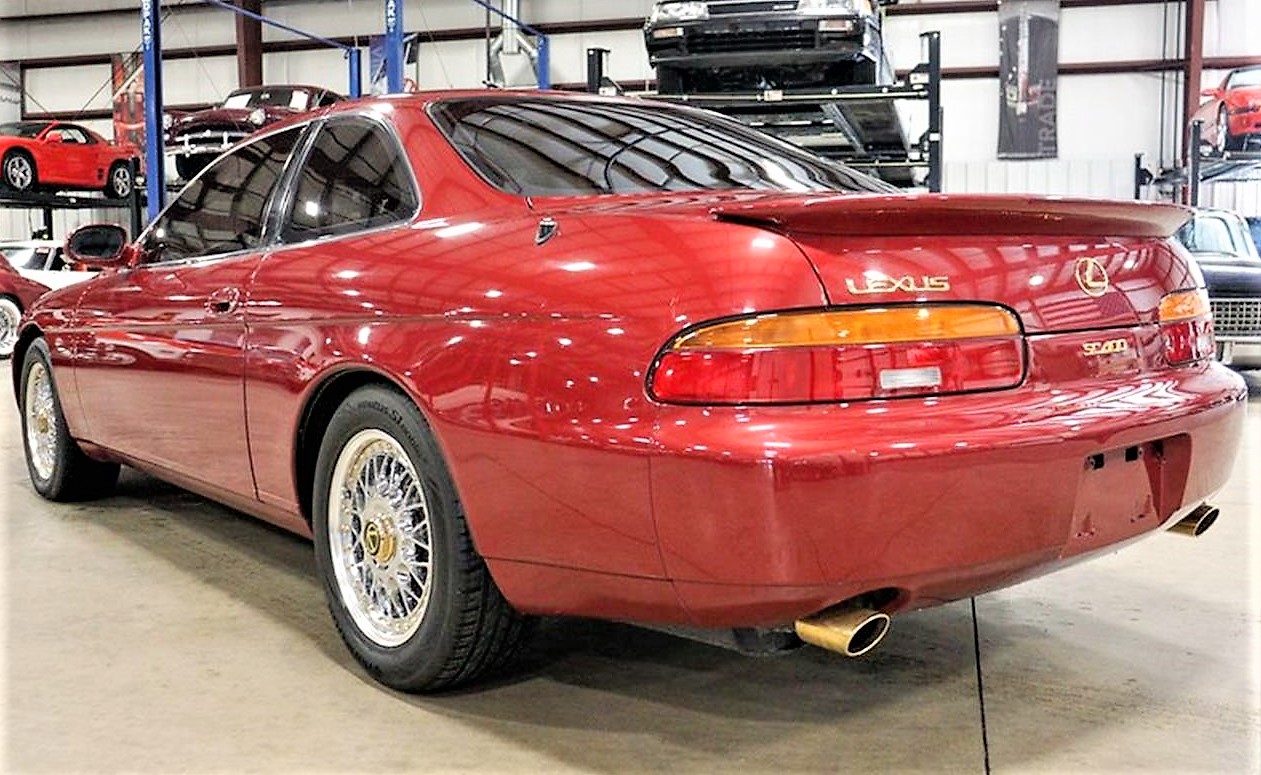

Proudly wearing its accenting gold logos is today’s Pick of the Day, a 1993 Lexus SC400 advertised on ClassicCars.com by a dealership in Kentwood, Michigan. This car’s “bling” goes beyond the emblems, even including the dual gold tailpipes as well as gold center-cap accents for the wheels.
When Lexus launched for the 1990 model year, the brand offered only two models: The flagship LS400 V8 sedan and the Toyota Camry-based ES250 midsize sedan. Two years later, a U.S. version of Toyota’s Soarer 2-door coupe made its way to showrooms, rounding out the Lexus lineup.
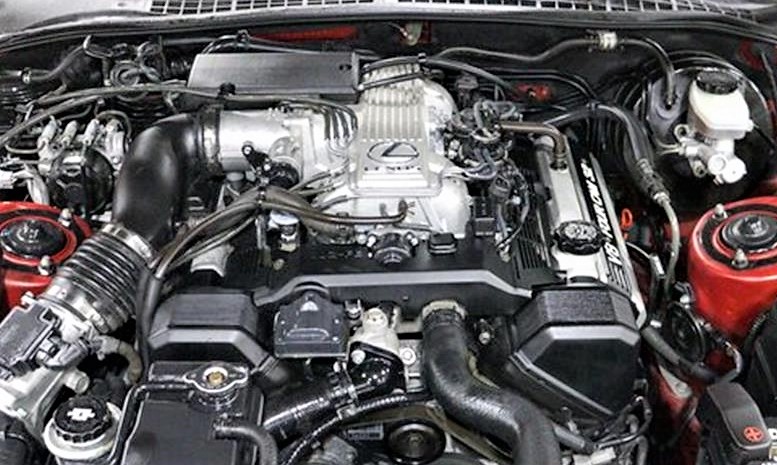

The coupe was called the SC400, so-named because of its 4.0-liter V8, which sent 250 horsepower to the rear wheels. An inline-6 version of the SC debuted a few months later, sharing the famous “2JZ” powerplant with the Toyota Supra and receiving the name SC300.
This SC400, gleaming in Garnet Pearl paint, shows just 65,000 miles on the odometer, putting it in low-mileage territory for being nearly three decades old.
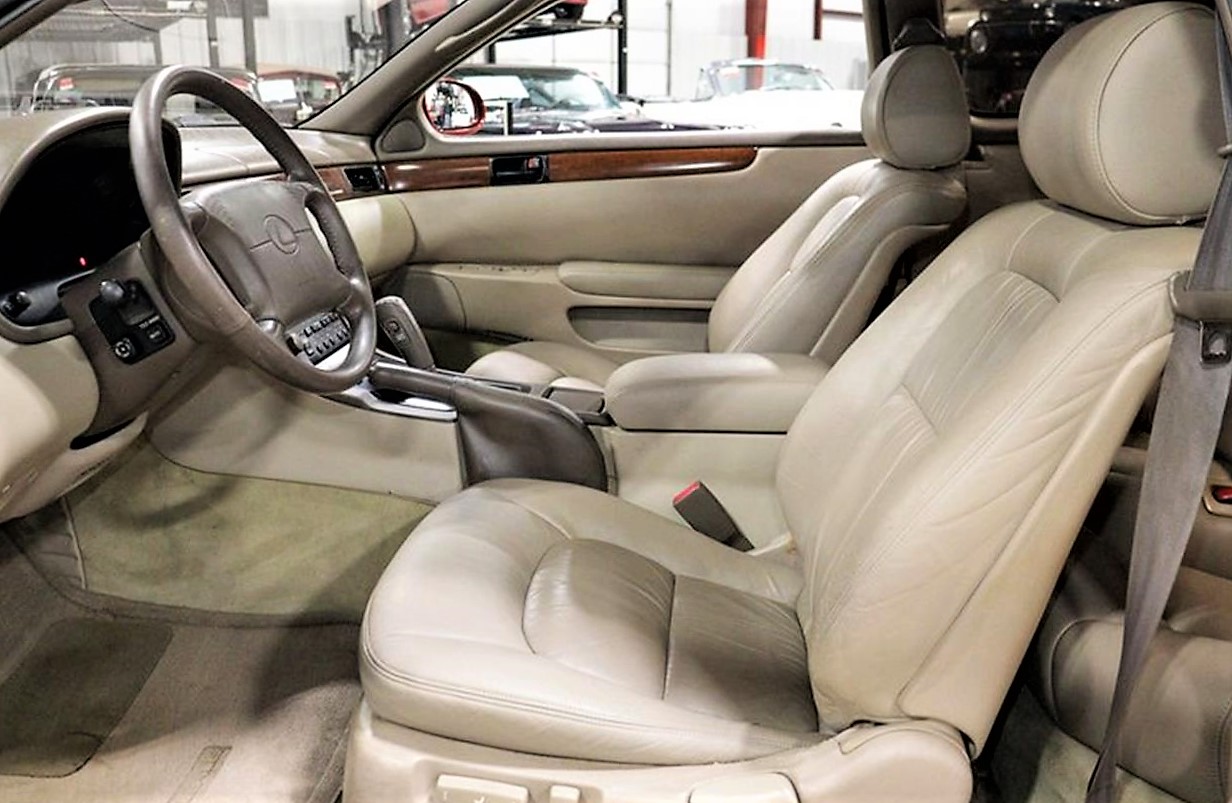

“Car is presented nicely with all factory equipment and the only modification we could find was a K&N air filter, gold accents, and the dealer-installed BBS-style wheels with Lexus center caps,” the dealer says.
The seller adds that the Lexus is accompanied by substantial documentation, with “an extensive folder of service records, brag photo book, factory sales brochure, and copy of the original dealer invoice.” That invoice, incidentally, was $44,113. Inflated to 2021 dollars, that sticker price is a jaw-dropping $81,020. Needless to say, the Lexus coupe was targeted to the upper-income classes.
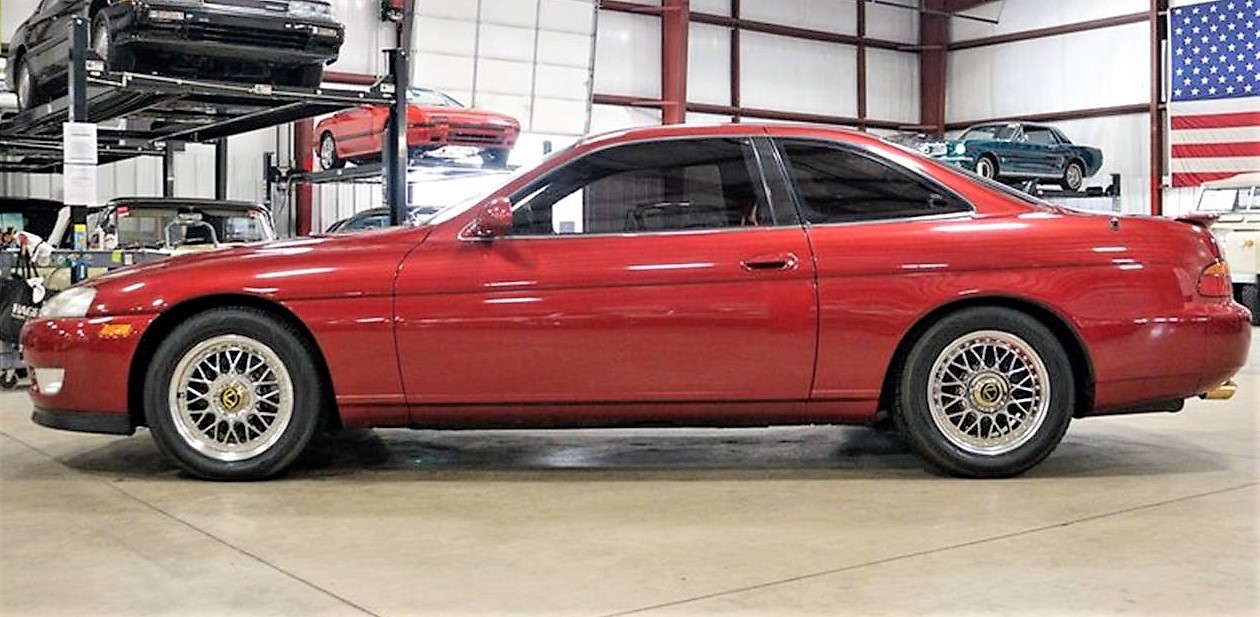

When it debuted, the SC was awarded with accolades in the automotive media, receiving the title as Motor Trend’s Import Car of the Year in 1992 and landing on Car & Driver’s Ten Best list from 1992 through 1996.
It’s no surprise that so many SCs are still on the road today thanks to robust engineering and the meticulous Japanese build quality of that era. Maybe those gold emblems were justified after all, because this Lexus is one piece of precious metal that has withstood the test of time.
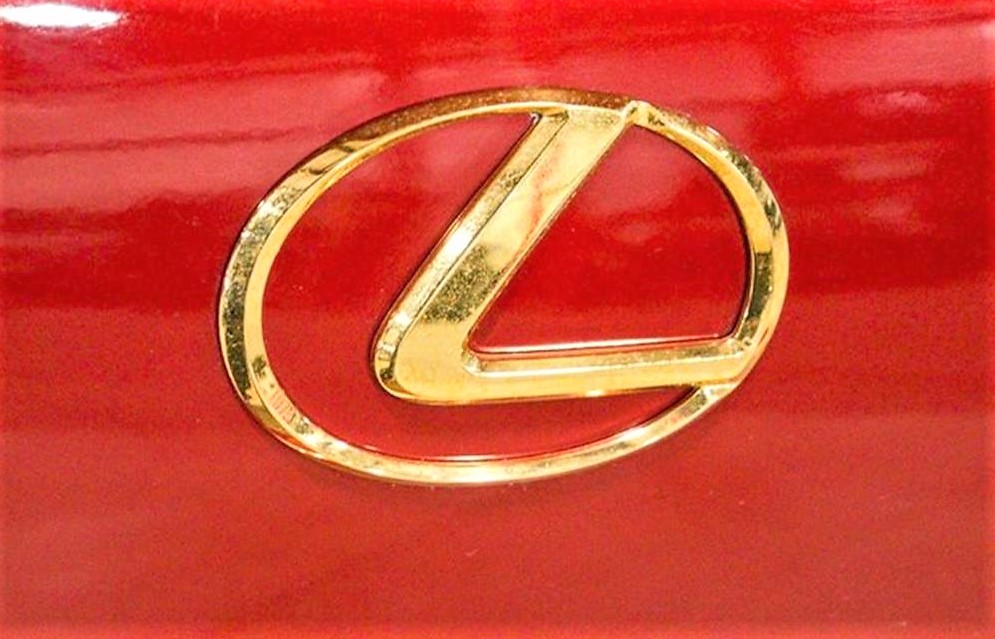

The dealer is asking $14,900 for this SC400.
To view this listing on ClassicCars.com, see Pick of the Day.
For GREAT deals on a new or used Nissan check out Antelope Valley Nissan TODAY!For GREAT deals on a new or used Nissan check out Route 22 Nissan TODAY!
